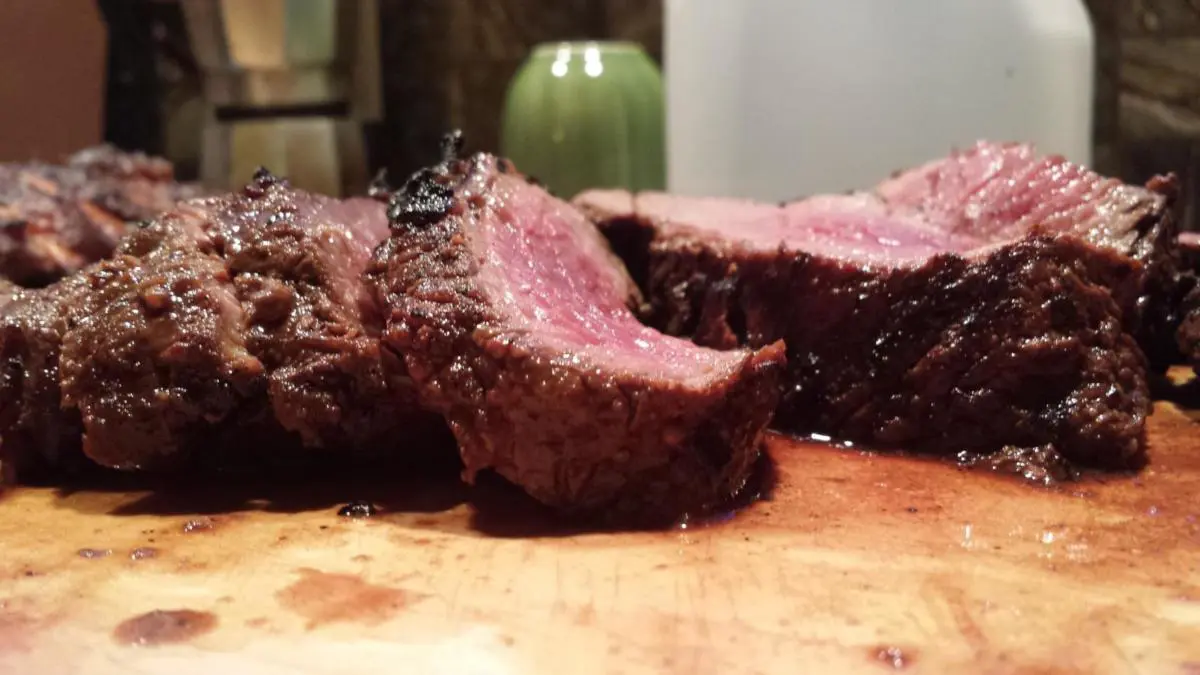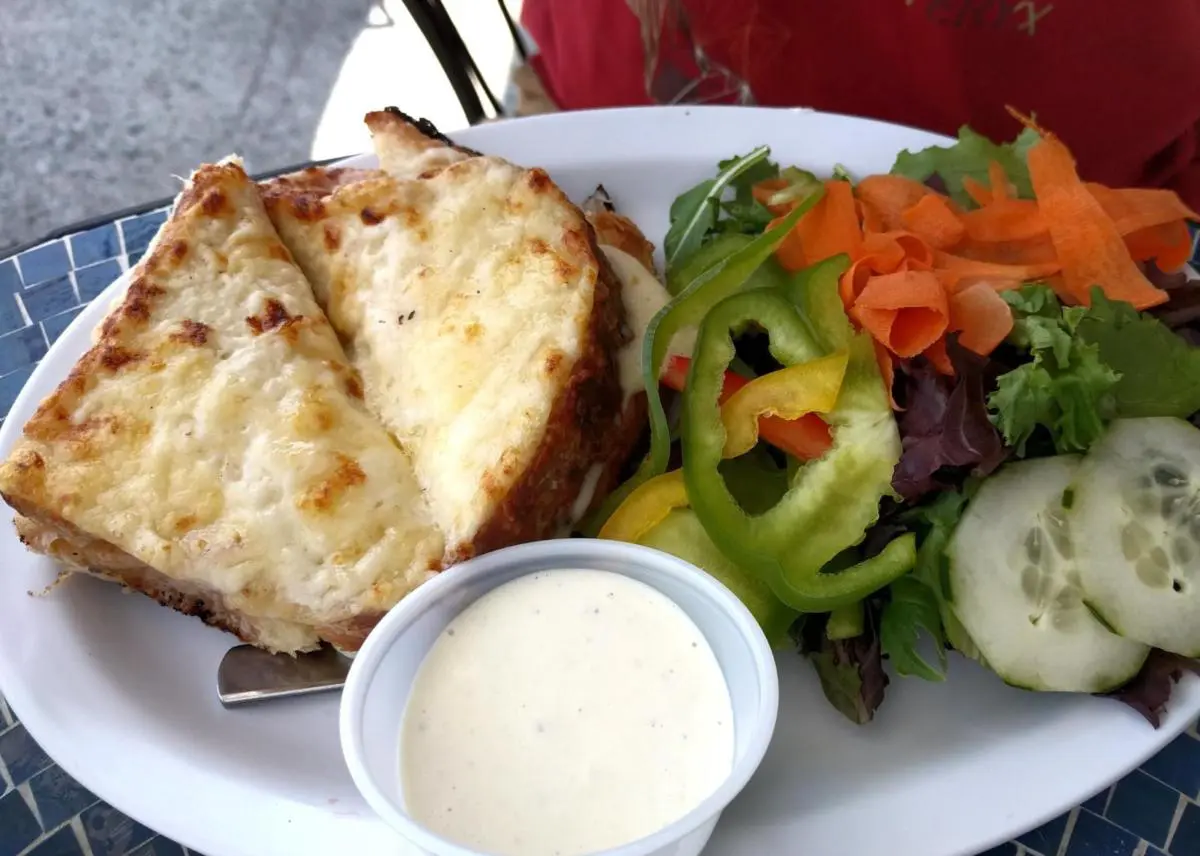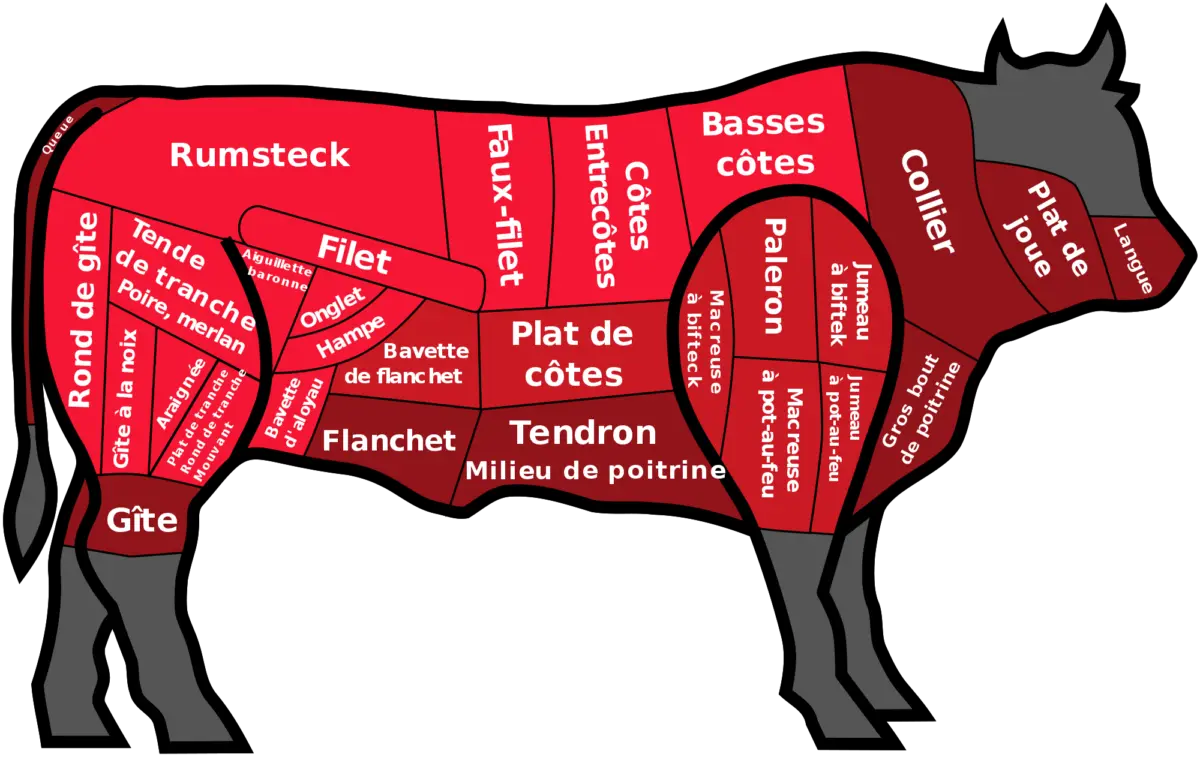France and food seem to always go together! We’ll take a look at some phrases that pop up frequently in restaurants and cooking – and often with completely different meanings than we thought!
Cordon Bleu
OK so we’ve all heard of a Cordon Bleu Chef – right?
Le Cordon Bleu (‘the blue ribbon’) is a chain of culinary schools teaching French cuisine, culinary arts and gastronomy. It opened in 1895. The name dates back to the 16th century and is synonymous with excellent French cooking. In the 1980s, the school was sold to André J. Cointreau, a descendant of both the Cointreau and Rémy Martin dynasties.
Cordon Bleu on the other hand, is a dish that may or may not have been prepared by an excellent chef! A cordon bleu is veal or chicken meat wrapped around cheese (and sometimes a slice of ham), then breaded and pan-fried or deep-fried.
Cheval
Eating cheval (horse meat) is common in France. Like it or loathe it – it happens. However, a very important distinction is in the following two dishes:
- Steak de cheval is, as you might expect, a horse meat steak,
- Steak à cheval (sometimes referred to as oeuf à cheval) is a beef steak or beef burger, topped with a fried egg.
Also on the subject of eggs …
Quick Snacks
Croque Monsieur
The quintessential French savoury snack! A croque monsieur is a baked or fried sandwich filled with boiled ham and cheese, often with a bechamel sauce. Unlike a grilled cheese sandwich you might be familiar with, the melted cheese is on the outside. The name is based on the verb croquer (“to bite, to crunch”).
Croque Madame
A croque madame is a variant of the same sandwich but topped with a fried egg!
Cuts of Steak
When is a fillet not a fillet? There’s almost always a cut of meat on typical French menus, but the cuts vary enormously from those common in the US or UK. There are approximately 12 American cuts, 18 British but 29 French ones!
To help you know what you’re ordering, here is a rough guide in English to the most common terms used:
- Bavette : Flank (UK/US)
- Entrecôte : Sirloin (UK) or Rib-eye (US)
- Faux Filet : Sirloin (UK) or Strip steak (US)
- Onglet de boeuf : Hanger (UK) or Flank Steak (US)
- Paleron : Chuck steak (UK/US)
- Rumsteck : Rump (UK) or Round (US)
- Tournedos : Tenderloin (UK/US)
- Joue : Cheek
- Tête : Head
- Foie : Liver
- Langue : Tongue
- Os à moëlle : Marrow bone
- Collier : Chuck/Brisket (UK/US)
- Filet de boeuf : Fillet Steak (UK) or Filet Mignon (US)
Note that in France a filet mignon is usually a pork tenderloin – rarely beef!
A few ways of eating Steak
- Bleu (blue) : This is cooked on a very hot grill for one minute on each side.
- Saignant (bleeding) : Very rare, but cooked slightly longer on the second side and juices will run from it when cut.
- À point (rare) : The steak is cooked a little longer but will still be pink (and a bit cooler) in the middle.
- Bien cuit (well cooked) : Cooked through until the juices run brown on the surface of the steak.
- Très bien cuit (very well cooked) : almost blackened and completely cooked through!
- Tartare (finely chopped) : completely raw steak usually hand chopped or minced served as a raw burger with pickles, spices, échalotes and a raw egg yolk. This is always beef but a few restaurants will serve Tartare de cheval in which case it will be horse.
Entrée
One last thing regarding French meals that tends to trip up North Americans in particular is the word entrée. While it’s often synonymous with ‘main course’ across the Atlantic, an entrée in France means a starter. My mother and I went round and round with a waiter taking our order in Paris once!
Have you discovered some interesting challenges on a menu in France? Please let us know in the comments!
Bon appétit !
Dennelle is the President of Renestance and a bilingual American who’s lived in France since 2000. She loves so many things about France, its language, culture, geography, quality of life... that she started a business to help others realize their dreams of living in this incredible place.
All articles by: Dennelle Taylor Nizoux






Sally M Furrer
on 2019-10-01 at 18:13I think a fowl dictionary would be very helpful!
Thanks for the suggestion Sally – great idea!